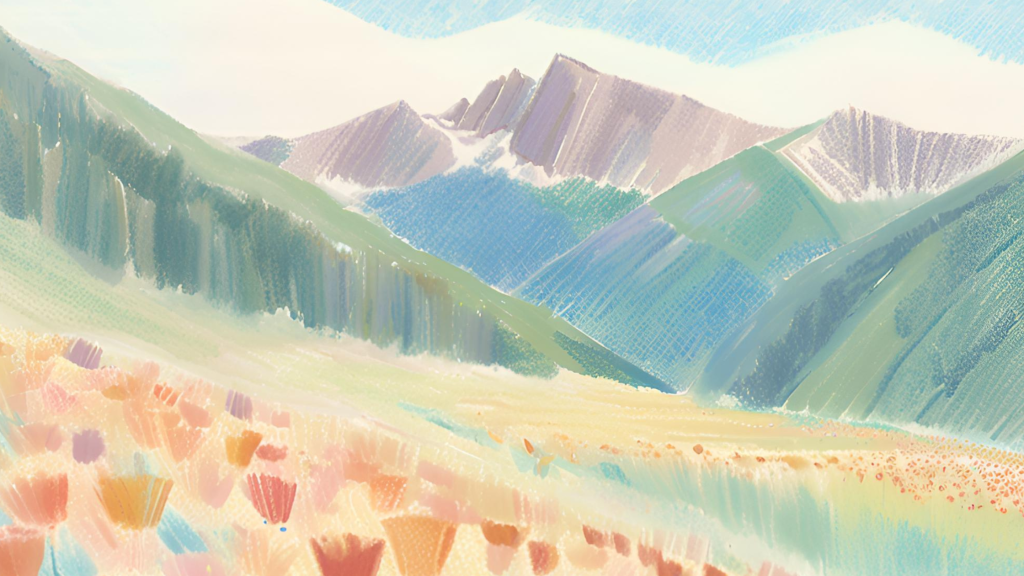In Calgary, where winters stretch on for seemingly forever and unpredictable weather surrounds us,
staying connected to nature can be a challenge. That being said, nurturing this connection is becoming
increasingly crucial for mental well-being. Being present in the natural world doesn’t have to be this
long-winded activity and can be as simple or immersive as desired. The benefits of immersing yourself in
nature can come from a range of experiences — from simply observing and strolling through green
spaces (like the Devonian Gardens on the top floor of the Core Shopping Centre!) to more hands-on
practices like tending to a garden.
The different kinds of activities engaged in bring different benefits. For example, simply observing a
garden and immersing yourself in a green space tends to help lift mood, while engaging actively in
activities like gardening or flower arranging helps encourage mindfulness, physical health, and creativity.
These kinds of practices have been coined Therapeutic Horticulture.
Physically, gardening helps provide a relatively stress-free form of exercise, helping support mobility and
reduce stress. This can be an extremely effective form of exercise for those with limited mobility or
older groups that are looking for a new, innovative way to stay more connected to both their bodies and
minds. Activities like gardening or flower arranging also tend to come with a sense of community and
opportunities to connect with others in lower stress environments through engaging in a shared activity.
The more intensive forms of therapeutic horticulture like gardening have also been shown to
significantly help provide purpose to the lives of older individuals who live in care homes or chronically
ill and disabled individuals who may spend significant amounts of time in spaces like hospitals.
While initially we may not think of flower arranging as a standard artistic practice, the process of
selecting colours, shapes, and textures when doing an activity like this mirrors several other artistic
practices that we know and love in the therapeutic settings. These practices offer a gentle, restorative,
holistic path to healing — and a way to cultivate resilience and joy through being physically present in
nature.
The real beauty of these practices lies in their accessibility. The activities can be adapted to suit the
needs of such a wide range of people and can be used in combination with other forms of therapeutic
practices. Whether tending to a backyard garden, arranging fresh flowers from a market, decorating a
windowsill with plants, or drying out an old bouquet of flowers to liven up a living space, these kinds of
small acts connect us more physically to nature and the world surrounding us — helping us be a part of
something larger than ourselves.
Through fostering community gardens—or encouraging people to create green spaces at home—we can
help further bridge the gap between artistic expression and mental wellbeing. In Calgary, where the
landscape may not always feel like it cooperates, these practices remind us that growth, restoration,
and beauty are always within reach—and often, right at our fingertips.




